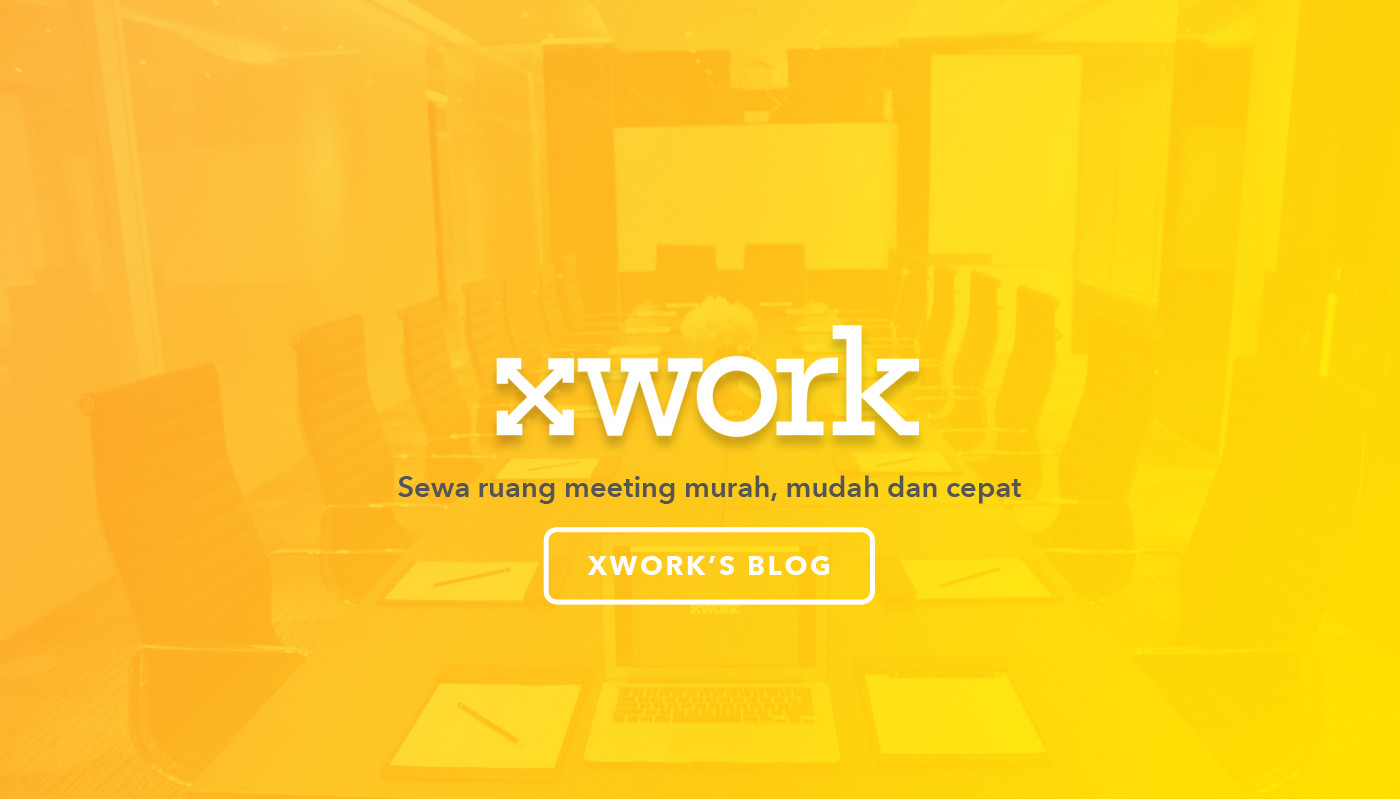Mastering Workspace Flexibility: Insights from Colorado’s Independent Contractor Agreements
In the ever-evolving landscape of workspace solutions, it is imperative for contract management and workspace providers to stay informed on the latest in contract trends. In Colorado, these agreements have become an area of significance. It may seem odd to think that workspace providers and workspace solution providers would stay updated on Colorado’s independent contractor agreements, but these agreements provide an insight into how business professionals are increasingly moving towards more flexible working modalities.
Independent contractor agreements are essentially legally binding contracts that safeguard the rights of independent contractors. It also establishes their duties, terms of employment, and compensation structure. Independent contracting has become a popular option for businesses that want to increase their productivity without increasing their fixed employment costs. Easily pieced out and hired when needed, independent contractors are useful for expanding companies.
Phil Shaw, the founder and CEO of Xworkspace, says that technology can help workspace providers “secure a competitive advantage in today’s hyper-competitive marketplace.” Keeping track of administrative duties is essential for workspace providers. But excellent contract management is not just about administration. “Advanced contract management systems can help you monitor rates, track upcoming renewals and effectively manage negotiations,” says Goins.
Taking lessons from the Colorado Independent Contractor Agreement
The Colorado contractor agreement also implies that if a pre-defined set of expectations are fulfilled, both parties can dissolve the contract and walk away.
As workspace providers handle contracts for multiple clients and workspace solutions, it is essential for them to understand how the parties involved can dissolve the contract as well. For example, it’s important to be able to understand the following during contract negotiations:
The clear benefits of independent contractor agreement colorado
Today, a great number of employees are transitioning to independent contractors. This is because employees on a fixed salary are more expensive than independent contractors, while granting independent contractors a high degree of workplace flexibility can increase overall productivity.
The world of work has evolved in recent years. You have freelancers, gig workers, and easy project-based hire systems such as Upwork and Fiverr. That is why many workspace solution providers now hold space for contract workers and independent contractors to have their space of preference. It’s also why coworking spaces are so popular. These workspaces appeal to employees who perform multiple functions over the course of the business day. They can jump between tasks while staying in the same location.
So that workspace providers don’t lose out on business, workspace providers in Indonesia also have to invest in the future of work by offering flexible workspace solutions. For auditing workspace solutions, it helps to have a list of must-haves when it comes to workspace solutions.
Implementing contract principles
Employers can reskill and upskill their contract workers as well. That is why it makes sense to have progressed workspace determination through an agile process for employees that have the capacity and desire to learn. Those learning materials and training classes could then be held in an office boardroom or in a conference room. Aside from the space components, you have to think about the education components as well. Are the workers ready for space on their own so that they can fulfill the contractual obligations? As workspace providers and workspace solution providers, you have to be prepared for any contingencies.
The trend towards more flexible workspaces is not going away anytime soon. For workspace providers, this means keeping up with the demand by applying contract principles that ensure more flexible workspace. It also means being ready for any contingencies, such as workforce absences.



